The Elite Game Changer 980's NZXT H440 is a midi tower chassis you can purchase in a variety of colours, but Mesh has opted for probably the most sober combination available – black with blue trim. It's not a bad-looking case, and the side window provides posing potential for all the powerful components within.
Mesh has accentuated this with blue LED 12cm fans from Aerocool and a blue LED strip. However, although many of the components are held in place by thumbscrews, we found the ones securing the window panel in place very stiff, and the panel didn't slide off with the greatest of ease. Once off, it was extremely hard to put back on again, too.
It's worth noting that there is no optical drive or memory card reader included. But when was the last time you used an optical drive anyway? There are two USB 2.0, two USB 3.0, and minijacks for headphones and microphone on the top front edge.
The Coolermaster Nepton 120 XL water cooling allows the interior to appear generally quite spacious. This is a decent water cooler, although not the topmost performer in its class.
That said, the Nepton should keep the 88W thermal output of the Intel Core i7-4790K processor under control. The 4790K is the top of the quad-core Haswell generation, running at a nominal 4GHz. However, it has a 4.4GHz top Turbo mode, and Hyper-Threading allows it to operate as eight virtual cores.
Mesh hasn't performed any permanent overclock, presumably because this processor runs pretty fast anyway, but there should be a little headroom available if you want to try your own hand. The Devil's Canyon processors like this have improved internal thermal grease to help this along.
As this is a 4000-series Intel Haswell, only dual-channel DDR3 rather than quad-channel DDR4 memory is supported. Mesh has still supplied fast examples of the type, though, in the form of two 8GB 2,133MHz DIMMs, leaving a couple of slots free for future upgrade to the 32GB maximum afforded by the MSI Z97A GAMING 6 motherboard.
The latter also sports a trio of PCI Express x16 slots for two-way SLI or up to three-way CrossFire configurations. There are four x1 PCI Express slots, should you find a reason to use one.
The star of the show is the MSI NVIDIA GeForce GTX 980 graphics card, which we were impressed by when it arrived in September 2014. This NVIDIA Maxwell-powered graphics card may have been surpassed by the Ti and Titan X of late, but it still packs a huge punch. It sports 2,048 CUDA cores and 16 Streaming Multiprocessors, which are running at 1190MHz in our MSI sample.
It also incorporates 4GB of GDDR5 memory running at 7000MHz, providing 224GB/sec bandwidth. So it should be able to provide the highest quality and playable frame rates all the way up to 4K resolutions even with the most recent titles. But if you do need more, there's room in the chassis for another GTX 980.
The cabling has been neatly routed under the motherboard, keeping the interior free for airflow. Apart from the aforementioned water cooling, which has dual fans, the Mesh chassis is equipped with no less than five 120mm Aerocool Shark fans, all blue LED lit. Two of these are on the top and three at the front. Mesh has placed another strip of blue LEDs at the bottom of the chassis, in case you didn't have enough blueness.
The SuperFlower Leadex GOLD 750W power supply has a good reputation, and is fully modular, although the NZXT chassis hides it under a covering. This supply should be fine for another graphics card when required, and as mentioned earlier the necessary cables for the power supply have been supplied in the peripheral bundle.
Mesh has tried to offer the best of both worlds with its storage, providing a fast solid state drive so the operating system and main apps load quickly, alongside a 7,200rpm conventional hard disk for your games and media collection. The SSD is a 240GB OCZ DRIVE ARC 100, which is about par for the course, since larger SSDs are still pretty expensive.
However, the 1TB Toshiba DT01ACA100 hard disk is looking a little miserly these days, with 3TB drives costing less than £70 and Seagate offering 8TB for less than £200. There is also a PCI Express M.2 port, so faster SSD storage is possible, although Mesh hasn't taken advantage of this for the Elite Game Changer 980.
There is plenty of room for upgrade, though, with 3.5in bays still free in the front (even if they are really hard to get to), plus two much more readily accessible 2.5in caddies above the PSU enclosure.
On the rear there is a PS/2 mouse port still included, alongside the two USB 2.0 ports you're more likely to use for connecting the main input devices. The graphics ports beneath this are best ignored, as they would be for use with the integrated graphics of the Intel CPU. Beneath that is a single USB 3.1 Type C port, which looks like microHDMI but introduces a USB connection that is universal, rather than being the previous Type A at one end and Type B at the other.
This connection runs at 10Gbits/sec, rather than the 4Gbits/sec of USB 3.0 (although the realistic maximum of the latter is more like 3.2Gbits/sec). There are a couple of regular USB 3.0 SuperSpeed ports beneath this, plus Gigabit Ethernet from the Killer E2205 controller. Finally, there are the usual six minijacks for routing 7.1-channel audio from the Realtek ALC1150 motherboard sound chip.
 KitGuru KitGuru.net – Tech News | Hardware News | Hardware Reviews | IOS | Mobile | Gaming | Graphics Cards
KitGuru KitGuru.net – Tech News | Hardware News | Hardware Reviews | IOS | Mobile | Gaming | Graphics Cards


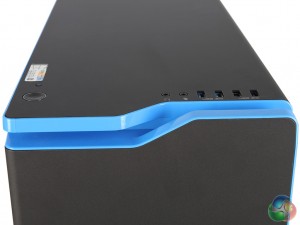
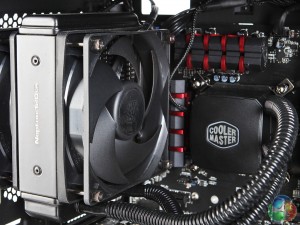
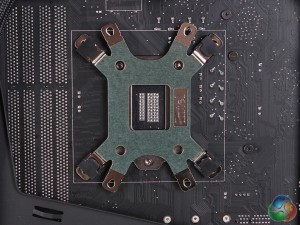
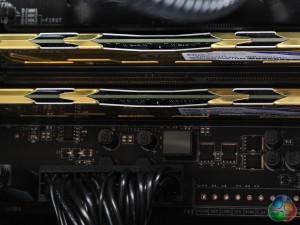
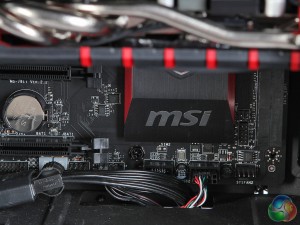
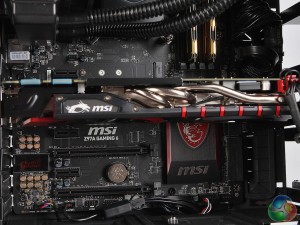
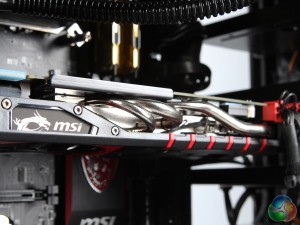
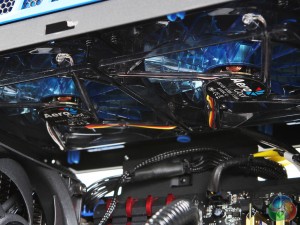
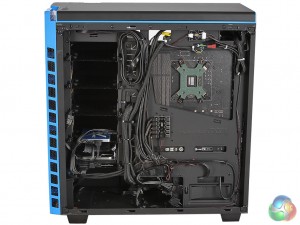
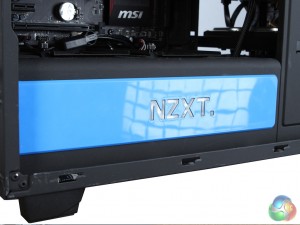
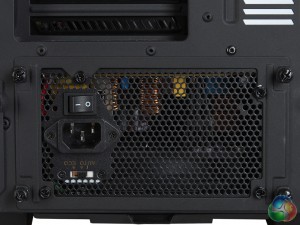
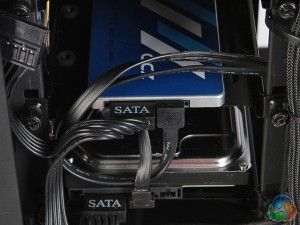
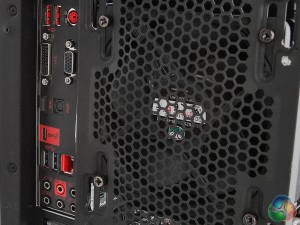

->
>